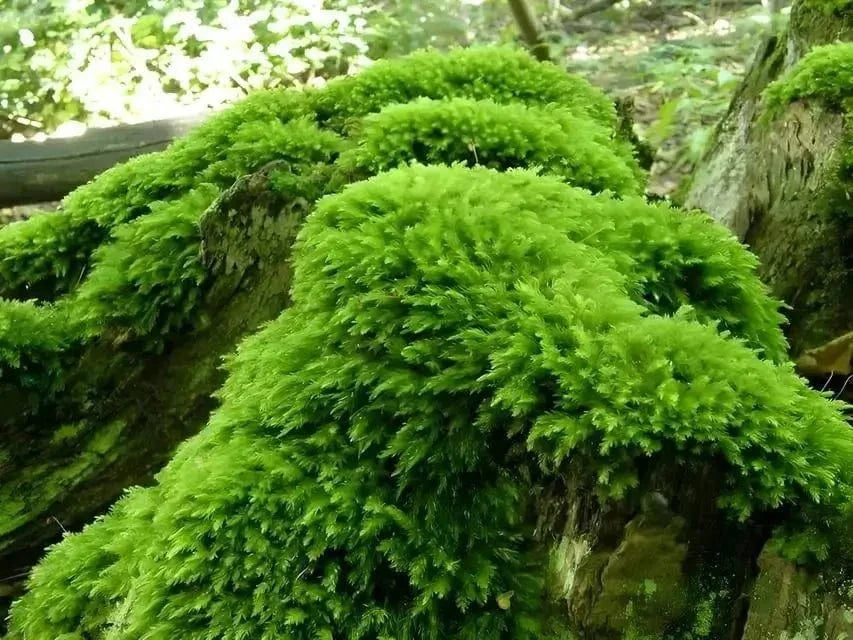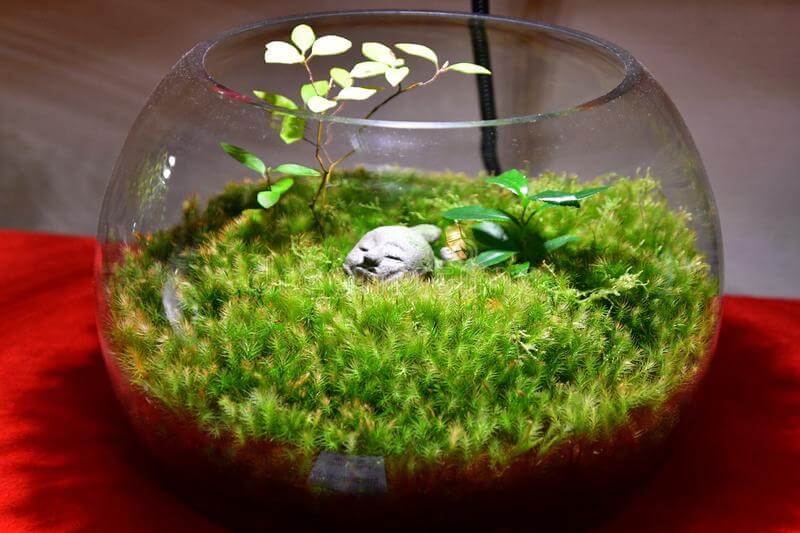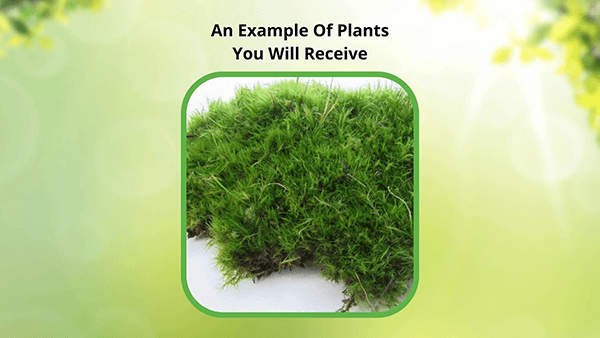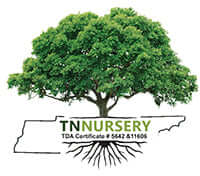Thuidium Moss
Couldn't load pickup availability
We do not ship this plant to the following states:
CA.Ships 10-12 Days
Under 6 Inches
Shade
5-9
Shade Gardens
Bare-root
CA.
Thuidium - Thuidium Moss
Thuidium moss is commonly found in North America, Europe, and Asia. It is a member of the Thuidiaceae family characterized by its delicate and feathery appearance. The moss typically grows on the ground, rocks, logs, and tree trunks, preferring moist and shaded environments.
Thuidium Moss Characteristics
Moss has several exciting features, including its ability to absorb nutrients from the surrounding environment, making it an essential component of many forest ecosystems. It also plays a role in soil stabilization and erosion control, helping to prevent soil loss in places with steep slopes or heavy rainfall.
The Moss Uses
It has been used for various purposes throughout history. Traditional medicine has used it to treat multiple ailments, including coughs, colds, and fevers. It has also been used in the production of dyes and as a packing material for shipping delicate items.
It Is Essential To Its Ecosystem
Moss is an essential and fascinating component of many ecosystems. It has a long history of human use and exciting features and adaptations.
Where To Plant The Moss
The moss is a versatile and adaptable species of moss that can be planted in a variety of locations, including:
- Shaded areas: The moss thrives in shady areas, particularly those with high humidity and moist soil. Plant it in regions that receive partial to full shade, such as under trees or on the north side of a building.
- Moist environments: The moss requires a humid climate to grow, so planting it in an area with good drainage and ample moisture is essential. It can be planted near water features, such as a pond or stream, or in regions that receive regular rainfall.
- Rock gardens: Moss can be planted in rock gardens, which grow between rocks and boulders, creating a lush and natural look.
- Woodland gardens: The moss is a natural choice for gardens, as it thrives in the moist, shaded conditions of many wooded areas.
- Terrariums: The moss can be planted in terrariums, creating a beautiful, naturalistic look in a closed environment.
When planting Thuidium moss, it is essential to prepare the soil or planting area by removing debris, weeds, or other plants. The soil should be moist and well-draining, and the moss should be gently pressed into place to ensure good contact with the soil. It can be watered regularly to keep it moist and healthy.
This Is How Your Plants Will Look upon Delivery
Shipping date depends on the date displayed and chosen when you order from the product's page.
We do not offer warranties on products after 5 days past receiving your plants.



It is January in PA. and a perfect time to plant this moss! The ground is very moist, the air very cool, thus allowing me to work on getting it out of the bag over days instead of rushing. We are having plenty of rainy days which help me out tremendously!
We really appreciate you taking the time to leave us a review! These are the stories that keep us so motivated to continue doing what we are doing, and we are so happy to hear that you had a great experience.
The moss seems to be holding its own. Had to wait for the ice to melt to plant it. Will have to see if it survives
We really appreciate you taking the time to leave us your 5-star review, Kathy. We would appreciate it if you could update your review to reflect your most recent experiences working with us.
Lovely.
We spotted your 4-star review, Sharon. Wow! Thank you so much for trusting us, and we can’t wait to help you again in the future
It's gorgeous in my lawn! It goes so well with my shasta daisy!
We really appreciate you taking the time to leave us a review, Valarie. These are the stories that keep us so motivated to continue doing what we are doing, and we are so happy to hear that you had a great experience.

